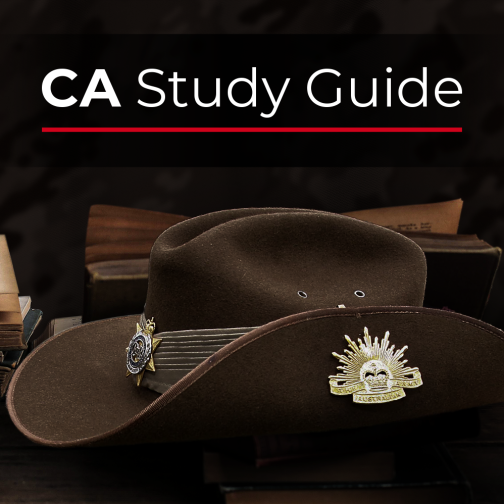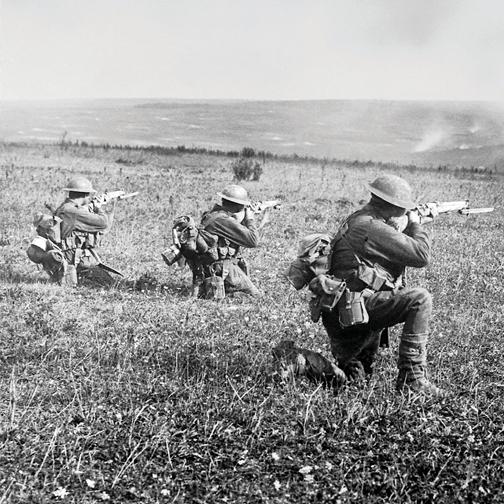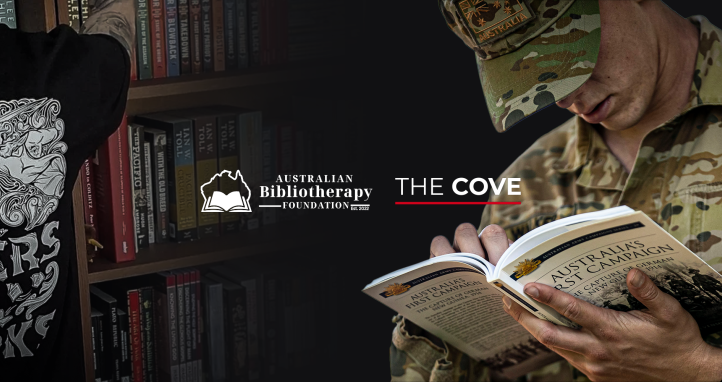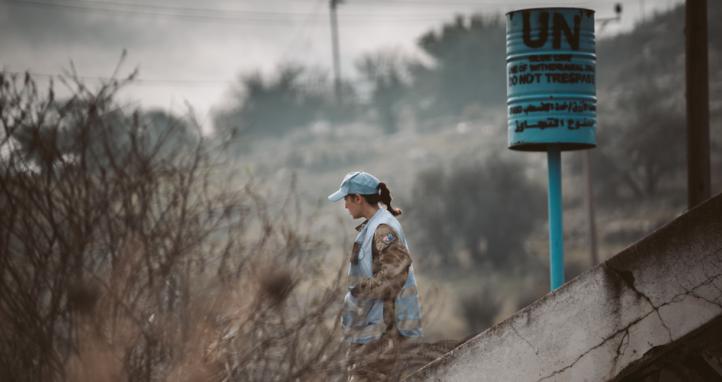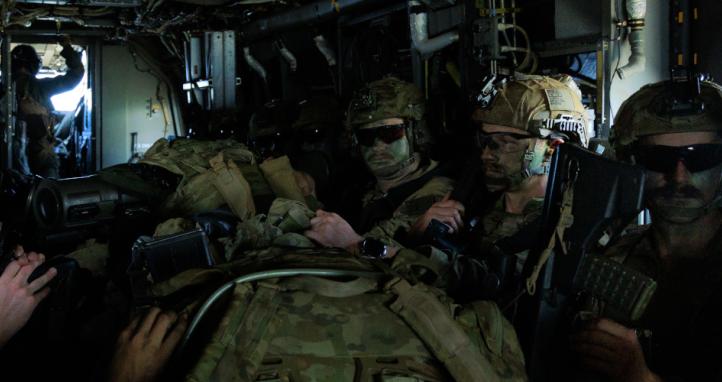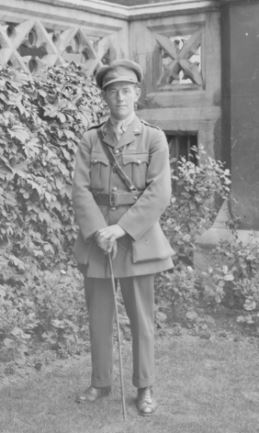
Lieutenant William (Rusty) Ruthven VC (1893-1970, 76yo)
William Ruthven was born in Collingwood, Victoria on 21 May 1893. After completing his education, he worked as a mechanical engineer before enlisting in the Australian Imperial Force on 16 April 1915.
He deployed with reinforcements for the 22nd Battalion in August of that year and landed at Gallipoli in October. Following the evacuation from the peninsula, the battalion was transferred to France in March 1916. During his first deployment on the Western Front, Ruthven was wounded in April and spent several months recovering. He rejoined his unit during the Somme offensive and was promoted to Lance Corporal. His rise through the ranks continued, and by January 1917 he was confirmed as a Sergeant.
On 19 May 1918, Ruthven played a pivotal role in an attack near Ville-sur-Ancre. When his Company Commander was incapacitated, he took command under fire. With the advance stalled by enemy machine guns, Ruthven launched a solo assault, using grenades and a bayonet to eliminate one crew and seize the weapon. Moments later, he encountered a group of German soldiers emerging from cover—he wounded two and took six prisoners.
After regrouping his men and securing their position, he spotted further enemy activity along a sunken road. Armed only with a revolver, he charged, shot two enemy troops, and captured thirty-two more. He spent the remainder of the day under persistent fire, supervising the consolidation of their position and urging his men forward. For his exceptional leadership and courage, Ruthven was awarded the Victoria Cross.
Less than a month later, on 11 June, he was wounded again during action near Méricourt. He was commissioned as a Second Lieutenant on 1 July and returned to Australia in October 1918 as part of a group of VC recipients enlisted to support recruitment efforts. His return to Melbourne was marked by a hero’s welcome. He was later promoted to Lieutenant before his AIF service concluded in December 1918.
During the Second World War, Ruthven served with the 3rd Australian Garrison Battalion and other units based around Murchison, home to Victoria's largest prisoner-of-war camp. He ended his full-time service in August 1944 with the rank of Major.
Ruthven remained closely connected with fellow VC recipients and was active in the Returned Sailors', Soldiers' and Airmen's Imperial League of Australia. He died on 12 January 1970 at Heidelberg Repatriation Hospital and was cremated with full military honours.
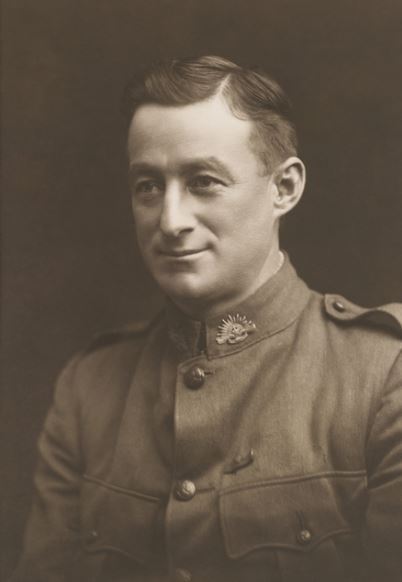
Private Edward John Francis Ryan VC (1890-1941, 51yo)
John Ryan was born in Tumut, New South Wales on 9 February 1890. After completing school, he worked locally as a labourer before enlisting in the Australian Imperial Force on 1 December 1915.
Following his enlistment, Ryan was assigned to the 2nd Reinforcements for the 55th Battalion. He departed Australia aboard a troopship on 14 April 1916 and joined his unit on the Western Front in September that year, arriving in the trenches near Fleurbaix, France.
Ryan's most distinguished moment came in late September 1918 during a major assault near Bellicourt. Amid intense fire, he was among the first to breach the enemy trench system. However, a strong German counter-attack forced the Australians back to the Le Catelet line. The situation worsened when enemy forces launched a surprise bombing assault from the rear, threatening to encircle Ryan's position.
Responding quickly, he gathered a small group of soldiers and led a counter-assault using grenades and bayonets. Reaching the enemy's flank with just three men, Ryan helped neutralise the immediate threat by killing several attackers. Then, acting alone, he rushed the main enemy force, throwing bombs that scattered them across no man's land. Although he was seriously wounded in the effort, his bold intervention was instrumental in stabilising the position and reclaiming the lost trench.
For his courage and decisive leadership, Ryan was awarded the Victoria Cross. He returned to his battalion in December 1918 and received his VC from King George V at Buckingham Palace on 22 May 1919. After returning to Sydney in October, he was discharged from the AIF in January 1920.
Like many veterans of the First World War, Ryan found post-war life challenging. The transition to civilian employment proved difficult, and his health suffered in the years that followed. He died of pneumonia on 3 June 1941 at the Royal Melbourne Hospital. His funeral was marked by full military honours and a guard of honour formed by eight fellow Victoria Cross recipients. He was laid to rest in the Catholic section of Springvale Cemetery.
Last Reviewed 06/2025

